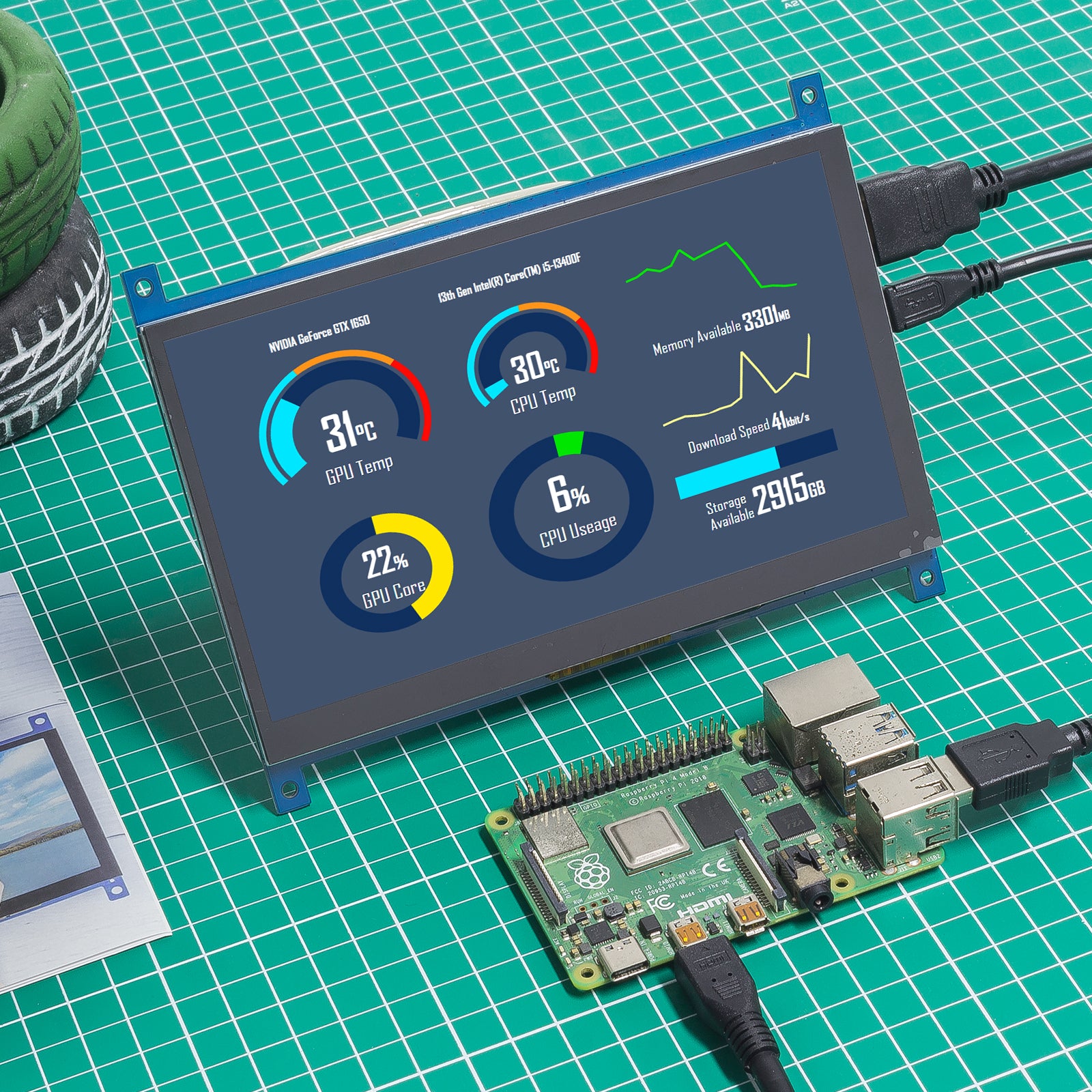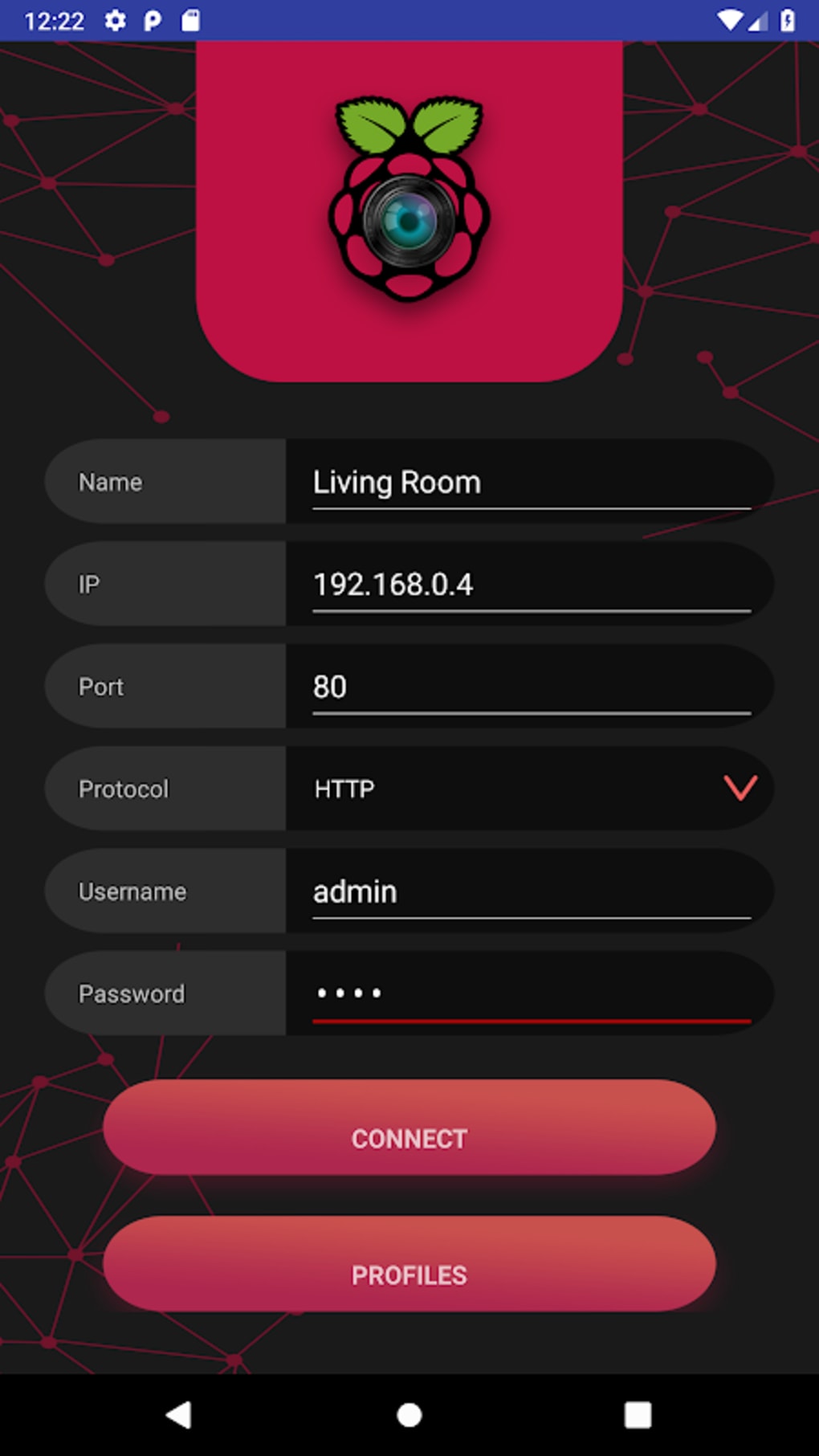Is it possible to build sophisticated monitoring and control systems using compact, affordable technology? Absolutely! The Raspberry Pi, a credit-card sized computer, offers a remarkably versatile platform for everything from system monitoring to smart home automation, all at a fraction of the cost of traditional solutions.
The quest for effective and accessible monitoring solutions has led many enthusiasts and professionals to explore the capabilities of the Raspberry Pi. This little device, with its low power consumption and extensive connectivity options, has become a powerhouse for projects ranging from simple temperature sensors to complex remote control systems. The key to unlocking this potential lies in understanding how to leverage the Raspberry Pi's features and the available software tools. Whether you're interested in keeping tabs on your home's security, monitoring the performance of a solar power system, or remotely managing industrial equipment, the Raspberry Pi offers a pathway to achieve your goals efficiently.
Let's delve into the applications of Raspberry Pi:
System Monitoring and Remote Access:
One of the core strengths of the Raspberry Pi lies in its ability to monitor various system parameters and provide remote access. This is particularly useful in scenarios where physical access is limited or impractical. For instance, imagine you need to oversee the performance of a remote server, monitor the temperature of a critical piece of equipment, or remotely control a device in your home. With the Raspberry Pi, all of this becomes achievable.
Several software solutions are available to facilitate system monitoring. Applications like 'Phpsysinfo' can be installed on the Raspberry Pi to provide real-time information about the CPU load, disk usage, network information, and other vital statistics. Moreover, the Raspberry Pi OS, often used for these projects, can be configured for remote management and access. This means you can connect to your Raspberry Pi from anywhere in the world, provided you have an internet connection.
The process often involves setting up a "headless" installation, which means the Raspberry Pi operates without a connected monitor, keyboard, or mouse. This configuration is ideal for remote monitoring scenarios. You can then access the Raspberry Pi through secure shell (SSH) or by using remote desktop software, like the freely available 'remote window software', which allows you to access the Raspberry Pi's graphical user interface remotely. This approach empowers you to monitor and manage your system as if you were physically present.
Smart Home Automation and Security:
The Raspberry Pi is also a compelling choice for smart home projects, especially in areas like security. You can create a custom smart home security system using the Raspberry Pi 5. This requires an understanding of hardware setup, sensor connections, and programming. The benefit is the ability to monitor your home from any location. This can range from detecting intrusions and providing alerts to controlling lights, locks, and other devices remotely. This DIY approach allows you to tailor your system to your specific needs and budget.
The ability to integrate with various sensors and devices is a major advantage of the Raspberry Pi. By harnessing the GPIO (General Purpose Input/Output) pins, you can interface with sensors that detect motion, open doors, or measure temperature. The versatility of the Raspberry Pi allows it to be the central hub for your entire smart home ecosystem.
Solar Power System Management:
For those interested in renewable energy, the Raspberry Pi can play a pivotal role in managing and monitoring solar power systems. By utilizing a Raspberry Pi 4 or 5, along with a compatible power supply and a USB to RS485 converter, it's possible to communicate effectively with inverters. This allows you to gather real-time data about energy production, consumption, and storage. A software package like 'SolarAssistant' can be installed on the Raspberry Pi OS to manage and monitor the solar power system efficiently.
This approach enables you to optimize your solar power system's performance, identify potential issues, and track your energy savings over time. It's an excellent way to gain deeper insights into your renewable energy setup and ensure its optimal operation.
Industrial Applications and Remote Control:
Beyond home and renewable energy applications, the Raspberry Pi finds use in industrial settings. Its ability to interface with various hardware components and provide remote access makes it suitable for monitoring and controlling industrial equipment. For example, you could use a Raspberry Pi to monitor the performance of diesel generators, control them remotely, and receive alerts in case of any issues. This capability is invaluable for industries requiring remote management and maintenance of critical infrastructure.
The Raspberry Pi can also be used to monitor drones via remote IDs, which is a feature for the aviation industry. It can be extended with different formats as well as sniffing types.
Software and Tools:
Several tools and software packages are essential for harnessing the Raspberry Pi's capabilities. The "Raspberry Pi Imager" is a user-friendly tool for installing Raspberry Pi OS and other operating systems onto a microSD card. You can download and install it on your computer, insert the SD card, and then select the operating system you want to use. Then, insert the SD card into the Raspberry Pi, and connect the micro USB power. This streamlined process simplifies the setup and enables you to get your project up and running quickly.
For projects involving remote access and system monitoring, understanding Debian Linux is also crucial. Raspberry Pi OS is based on the Debian Linux distribution. The knowledge about the system and the tools that work with it provides you with a powerful command-line environment for managing your Raspberry Pi. For example, to install the software, you'll need to open the xterminal and type the required commands.
Projects and Exploration:
The possibilities with the Raspberry Pi are virtually limitless. You can create an affordable and customizable smart home security system. You can explore exciting projects for motor vehicles. You can build a remote monitor for tracking activity in your home. The platform encourages experimentation and provides a fertile ground for creativity. From measuring temperature to monitoring various environmental parameters, the Raspberry Pi empowers you to explore the world of electronics and programming with ease.
Considerations and Best Practices:
While the Raspberry Pi offers great flexibility, it is essential to consider certain factors to ensure the success of your projects. Power management is crucial, so make sure you use a compatible power supply to avoid any stability issues. Secure your Raspberry Pi by changing the default passwords and configuring firewalls to protect it from unauthorized access, especially if it is connected to the internet. Regular software updates and security patches are also a must.
In conclusion, the Raspberry Pi is a versatile and affordable platform that opens up a world of possibilities for monitoring, remote control, and automation. Its ease of use, along with the wide range of available software and hardware, makes it an ideal choice for both beginners and experienced users. Whether you're interested in smart homes, renewable energy, or industrial applications, the Raspberry Pi offers an exciting and accessible way to bring your ideas to life.


